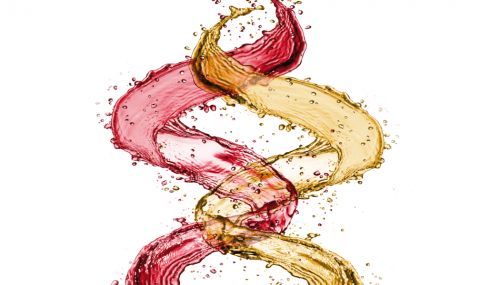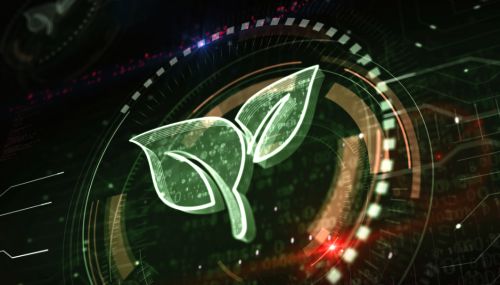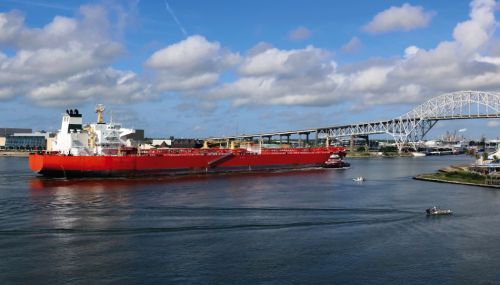All
With Propane Supply Logistics, What Was Once Old is New Again
by Scott Gaudet, Bergquist Energy

History always seems to repeat itself. In the early days of propane distribution in New England, most major players in the propane market constructed propane storage facilities alongside a rail line to bring in tank-cars of propane. Rail was a very efficient means to get propane from the point of origin to the facility. After WWII, the railroads faced strong competition for passenger and freight transport from both modern automobiles and trucks. Cars and trucks could get from point A to B much more quickly and it was less expensive. Around the early 1960s, a number of regional and nationwide railroads faced bankruptcy, and New England saw the abandonment of many short lines that serviced small towns and businesses. By the mid-80s, more than half the rail lines that crisscrossed the states had been abandoned. For propane retailers in New England in the mid-1970s, they saw some relief from the closing of rail lines. Sea-3 in Newington built a port terminal that sourced and sold lower priced propane from overseas; and Texas Eastern built a port terminal in Providence, RI right around the same time. All was good. Many of the rail sidings sat unused with trees growing up through tracks. Many of those rail lines today are now rail trails for recreational use.
Low Prices Changed The Landscape
In the mid-90s, Sea-3 in Newington expanded the facility so they could bring in larger ships to store a full load. Over the next 15-20 years, Newington and Providence supplied propane marketers with fairly inexpensive propane that they could have in their storage tanks within a few hours of being picked up at the terminal. There were several times during these years when the seaport terminals would run dry or low for a myriad of reasons and folks would have to rely on the pipeline or existing rail terminals to supply them. Marketers would scramble for a few weeks to keep their own storage and customer tanks full but, in general, it worked well. Then, around 2010 and for the next few years, inexpensive gas from overseas became very expensive and a shift began to distribute product from pipeline and rail once again.
By 2015 the impact of price severely affected the ability of the seaport terminals to operate, as marketers did not want the expensive gas. Providence drained the tank and mothballed the facility. Sea-3 sold what they could, but it was a fraction of what used to run through the terminal. Propane marketers and wholesale distributors began upgrading rail facilities that had been either neglected or abandoned. Rail has again become a major source of the propane supply chain in New England. In my travels through the region, I see many propane marketer locations that were once served by rail where the rail line is no longer there or, in some cases, the facilities have been dismantled or no longer in use. There is another large sector of newer bulk plants that never had rail and never will. Yet much of the product they source comes from a wholesaler with a rail terminal.
Rail has also had a number of challenges over recent years that have impacted the supply of propane: rail strikes, derailments, snowstorms burying trains on the tracks, even Native American activists setting up camp in protest on tracks that crossed tribal land. Not to be left out, pipelines have also had their share of supply disruptions over the years.
Don’t Mention The Arquillian Battle Cruisers
For the most part, propane marketers made it through these disruptions without consumers realizing there was an issue. To quote the movie Men in Black, “There’s always an Arquillian battle cruiser, or a Corillian death ray, or an intergalactic plague that is about to wipe out all life on this miserable little planet, and the only way these people can get on with their happy lives is that they DO NOT KNOW ABOUT IT!”
In the end, the wholesale distribution of propane is a constantly changing cycle. It could change at a moment’s notice or over a period of years. It would be wise to form solid relationships with wholesalers that can provide you with several sources of propane should the next disruption of distribution occur. A combination of pipeline gas, product from seaport terminals, and rail from more than one origin are ideal. We have not had the type of normal winter in recent years that tends to have an impact on the supply chain, but that could very well happen in the near future. Ensure you have a plan before the next brutal winter or when a supply-chain disruption happens. You will not be the only marketer looking for that load of available gas.
If proper precautions are taken, you won’t have to rely on hope that pipelines keep flowing, rail lines keep moving, and ships keep coming into port.
Scott Gaudet is the Area Sales Manager for Bergquist covering the Northeast. He has almost 4 decades of experience in the propane industry. He can be reached at scott.gaudet@bergquistinc.com.
Related Posts
 Care and Treatment of Biodiesel Blends
Care and Treatment of Biodiesel Blends
Posted on December 18, 2025
 EIA Winter Fuels Outlook
EIA Winter Fuels Outlook
Posted on December 18, 2025
 How to Set Your Business Apart with Renewable Propane
How to Set Your Business Apart with Renewable Propane
Posted on October 16, 2025
 EIA Report: Biodiesel and Renewable Diesel Imports Fall Sharply
EIA Report: Biodiesel and Renewable Diesel Imports Fall Sharply
Posted on October 16, 2025
Enter your email to receive important news and article updates.
